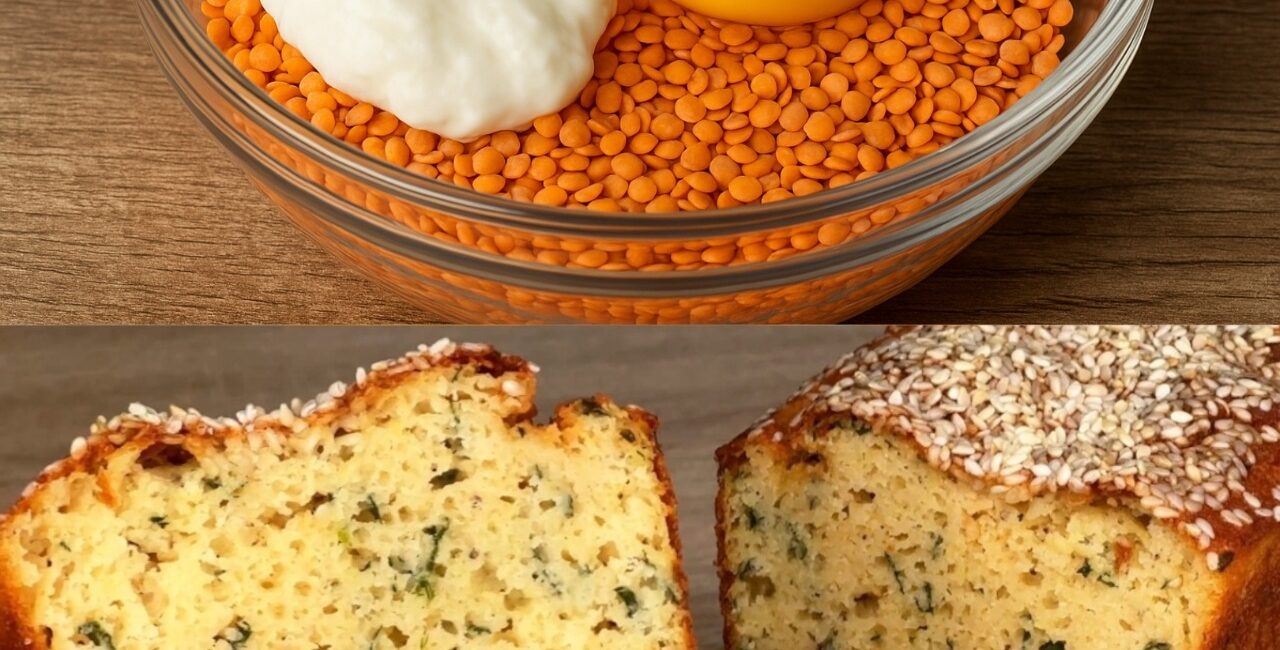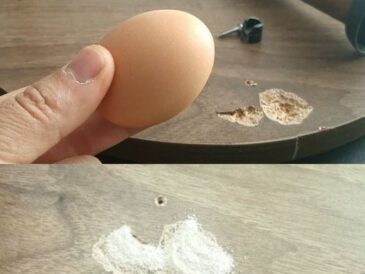In a world increasingly focused on healthier, allergen-free diets, gluten-free and sugar-free baking is no longer a niche — it’s a lifestyle. This gluten-free lentil cheese bread, made without sugar or yeast, is a shining example of how whole, nourishing ingredients can come together to create a delicious and satisfying recipe. High in protein, fiber-rich, and infused with the nutty depth of Parmesan and aromatic herbs, this bread is perfect for those looking for a low-glycemic, diabetic-friendly, and gut-happy alternative to traditional breads.
This article will take you through every aspect of this recipe: the ingredients and their roles, nutritional benefits, step-by-step preparation, variations, common issues and troubleshooting tips, storage, serving ideas, and why this bread deserves a permanent place in your weekly meal prep rotation.
I. Why Lentil Cheese Bread?
There are countless reasons to fall in love with this recipe:
- Gluten-Free & Yeast-Free: Ideal for people with celiac disease or gluten sensitivity, and for those avoiding yeast due to gut health issues.
- No Sugar Added: Suitable for diabetics and anyone trying to reduce their sugar intake.
- Rich in Protein & Fiber: Lentils are plant-based powerhouses, providing satiety and supporting muscle maintenance and digestive health.
- High in Healthy Fats: Thanks to the olive oil and cheese, this bread offers beneficial monounsaturated fats that support heart health.
- No Fancy Equipment Needed: Just a blender or food processor and a baking dish.
- Great Texture: Moist and tender with a subtle crisp edge, this bread slices beautifully and holds up to spreads and toppings.
II. Ingredients Breakdown
Let’s dive deeper into the ingredients that make this bread so nutritious and flavorful.
1. Lentils – 180g (1 cup)
Lentils are the base of this recipe, replacing traditional flour. When soaked and blended, they create a naturally gluten-free batter that’s high in protein and fiber. They help regulate blood sugar levels, improve digestion, and promote heart health. Red lentils, green lentils, or brown lentils can all work — each offering a slightly different flavor and color.
2. Eggs – 2 Large
Eggs provide structure, richness, and binding power. They also contribute to the bread’s protein content and help it rise slightly despite the absence of yeast.
3. Yogurt – 100g (1/2 cup)
Yogurt adds moisture, tanginess, and helps with leavening when combined with baking powder. It’s also a probiotic-rich ingredient that supports digestive health.
4. Salt – 1/4 Teaspoon (or to taste)
Salt enhances flavor and balances the richness of the cheese and yogurt. It’s a small but essential ingredient.
5. Dried Garlic – 1/2 Teaspoon
Garlic adds depth and savory complexity. You can use fresh garlic if you prefer a sharper flavor.
6. Parmesan Cheese – 30g (1/4 cup, grated)
This aged cheese contributes a salty, umami-rich element, helping the bread achieve a cheesy flavor and beautiful browning on the crust.
7. Parsley – 1 Tablespoon (finely chopped)
Fresh parsley adds color and freshness. You can substitute with chives, basil, or other herbs for different variations.
8. Baking Powder – 10g (2 teaspoons)
This provides lift without the need for yeast. Make sure your baking powder is fresh and aluminum-free for best results.
9. Olive Oil – 20ml (1 1/2 tablespoons)
Olive oil improves texture and moistness. It’s a heart-healthy fat that also helps the crust crisp slightly.
III. Step-by-Step Instructions
Step 1: Soak the Lentils
- Rinse the lentils thoroughly under cold water until the water runs clear.
- Place them in a bowl and cover with at least 2 inches of water.
- Soak for 6 to 8 hours or overnight.
This softens the lentils and helps neutralize some of the antinutrients like phytic acid, improving digestibility and nutrient absorption.
Click page 2 for more




